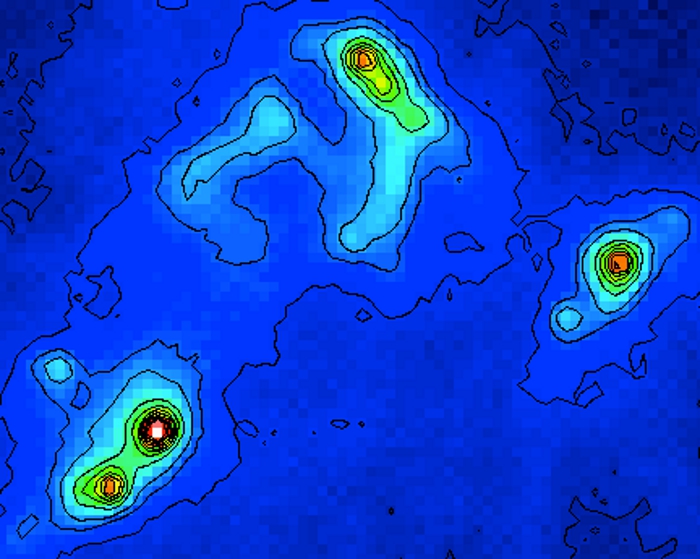
|
EPoS |
|
EPoS Contribution
|
|
First JCMT Gould Belt Survey results on multiple systems
Jenny Hatchell U Exeter, Exeter, UK | |
| I will present first results from the JCMT Gould Belt Survey on multiple systems. With 8 arcsec resolution at 450 microns, SCUBA-2 can separate sources at 2000 AU at the typical Gould Belt distance of 250 pc (1000 AU in Ophiuchus and Taurus), providing a stepping stone to interferometer resolution. These systems are interesting, NOT because they will harden to form gravitationally bound binaries but because with time they should evolve to WIDER systems (through 3-body interactions and dissipative interactions with gas), with at least one partner in the process moving through the evolutionary classes. Starting with Serpens/Aquila, I will look at the statistics of Class 0 and even prestellar systems with the IRAS-based "Class I" binarity in this separation range, and consider what these systems tell us about the evolution of protostars which share a common mass reservoir. | |
 | |
| Caption: Examples of multiple sources in Perseus resolved by SCUBA-2: IRAS 4A/B/C, SVS13, IRAS2A/B | |
| Collaborators: The JCMT Gould Belt survey team |
Key publication
Suggested Sessions: Cores |